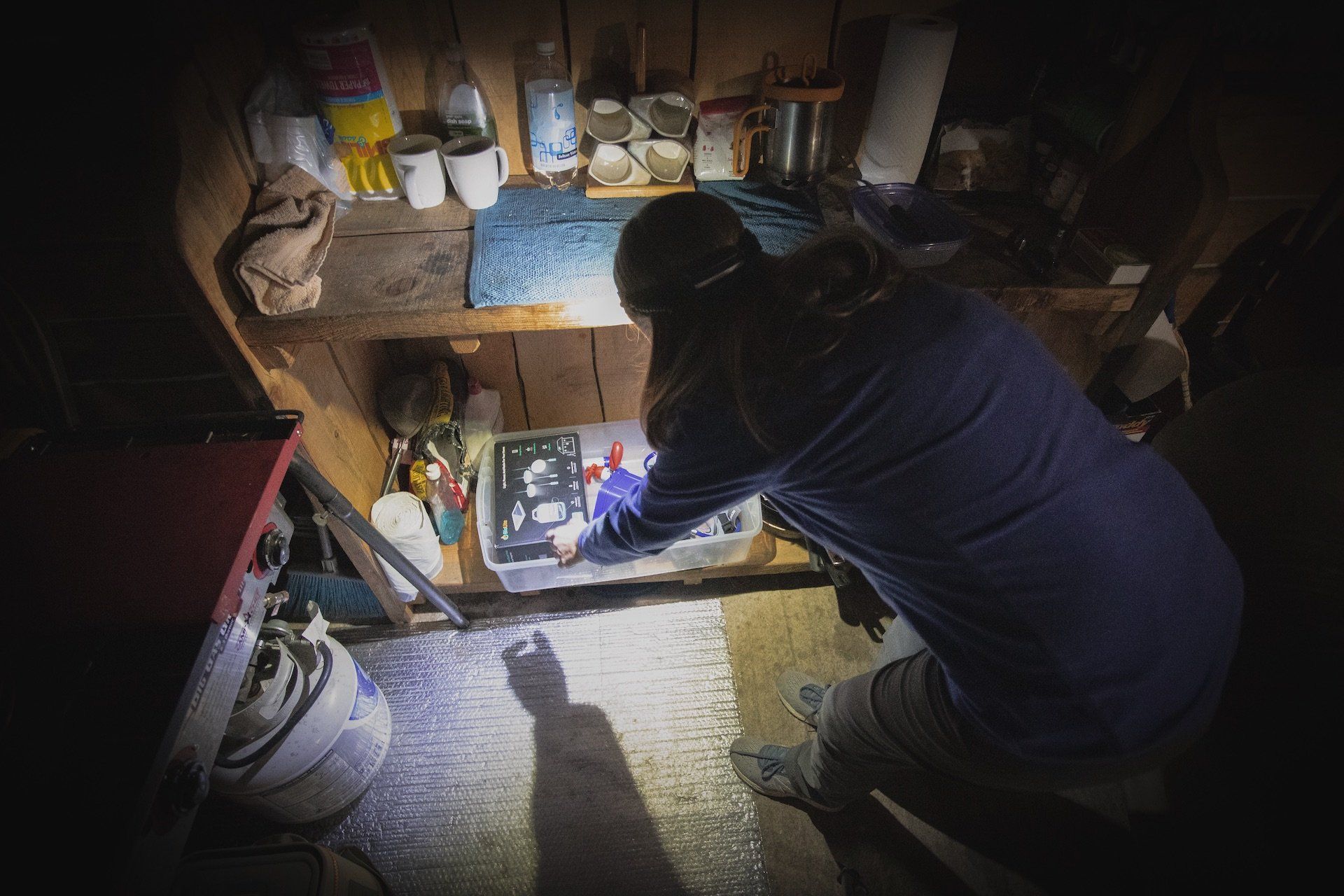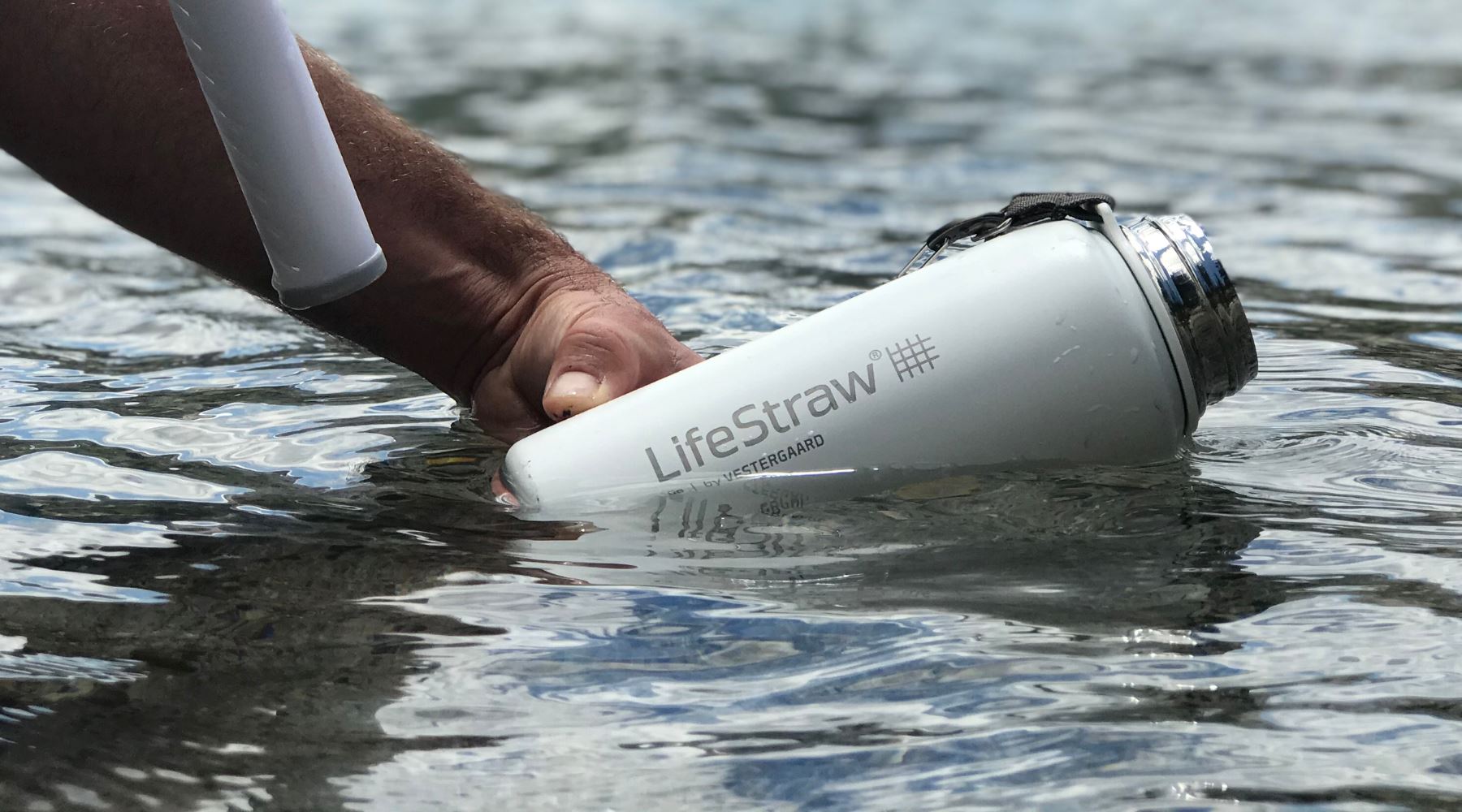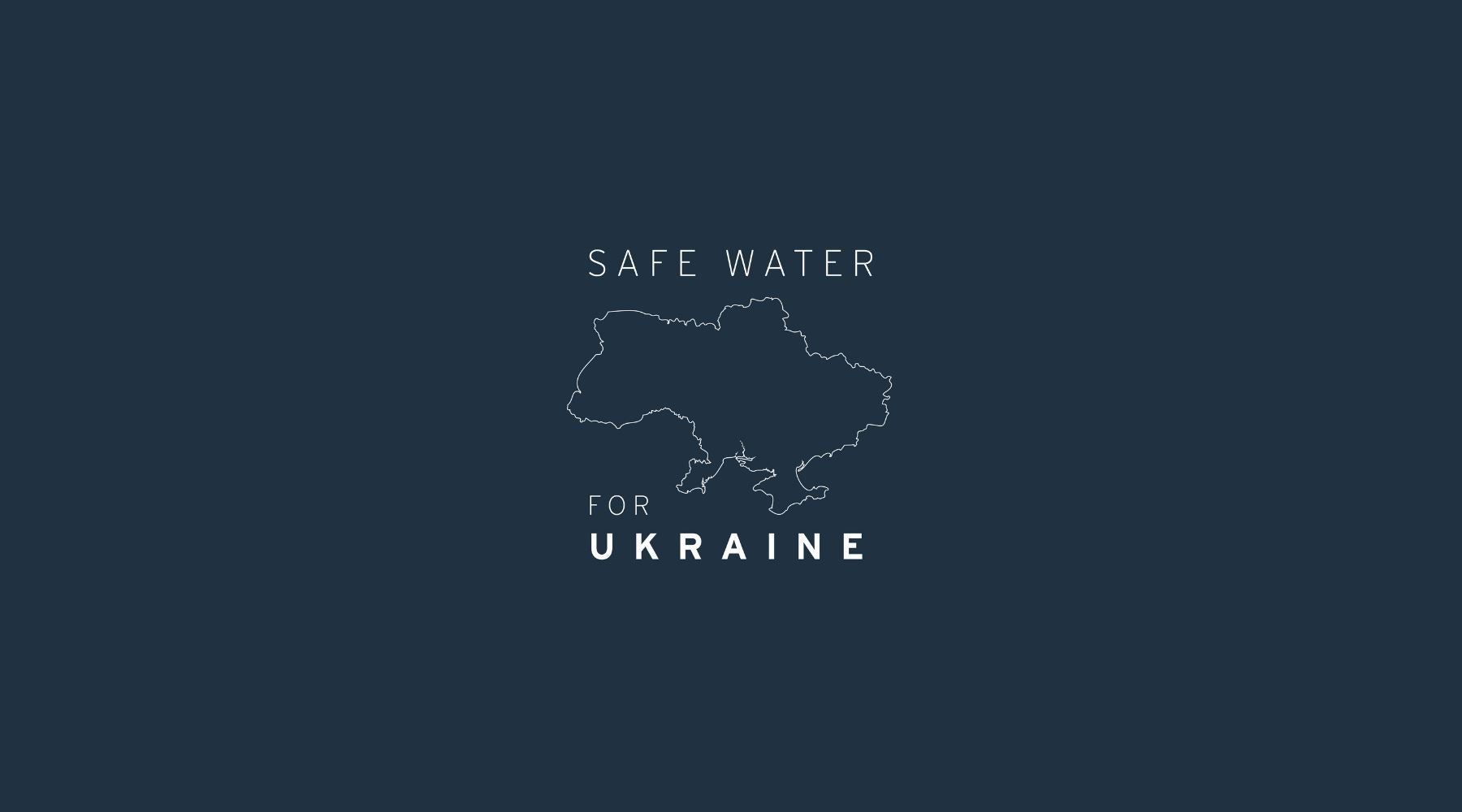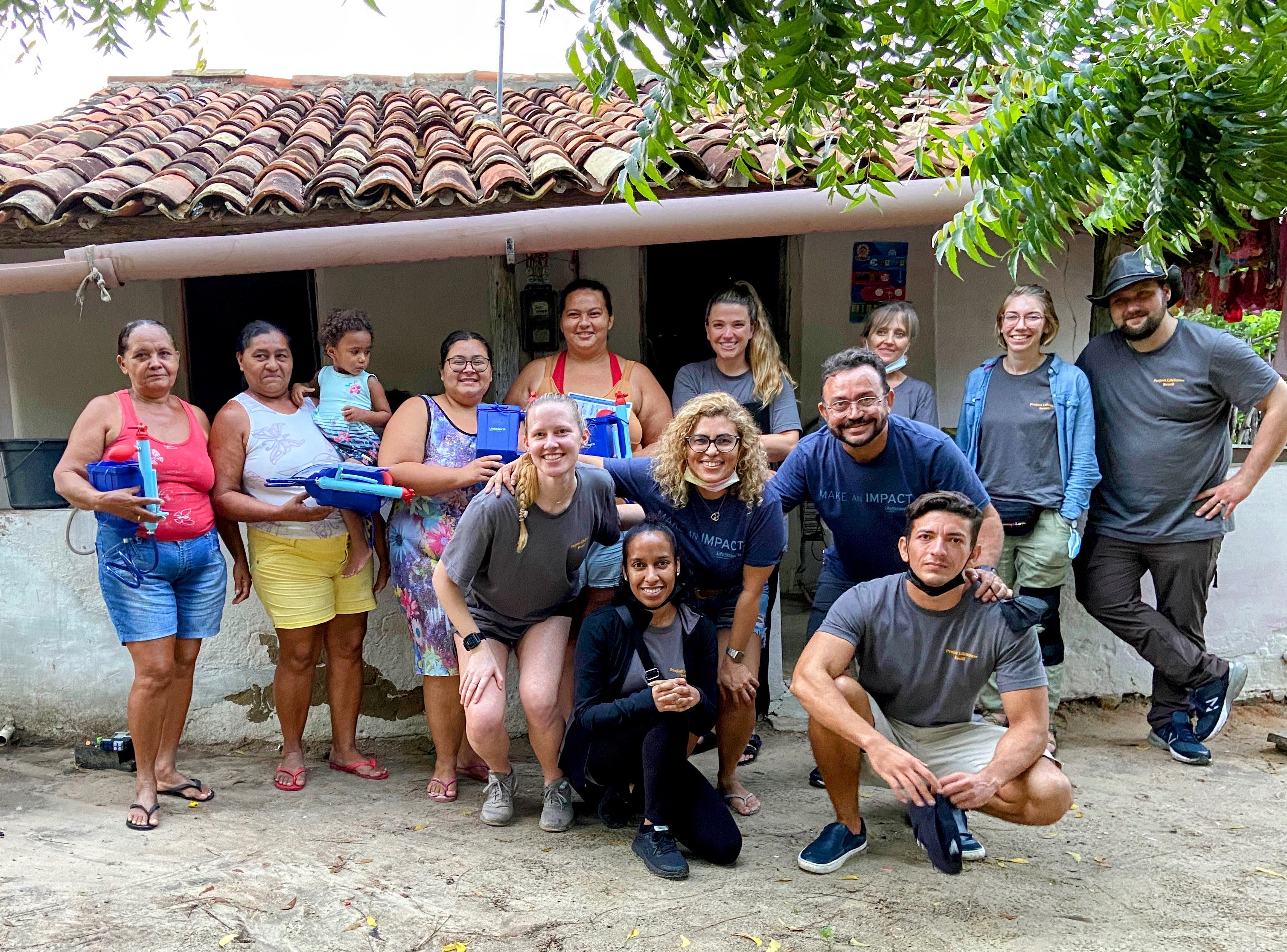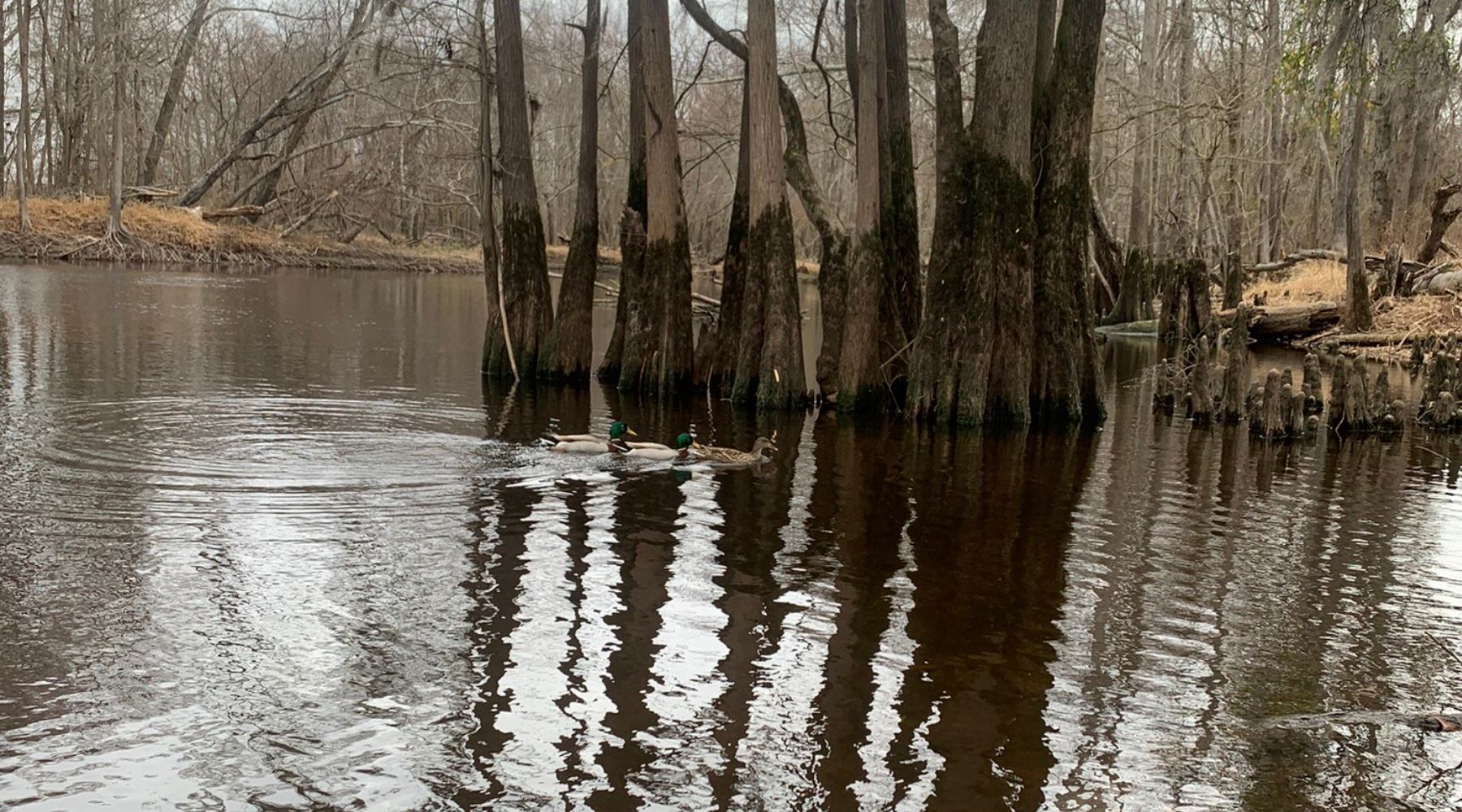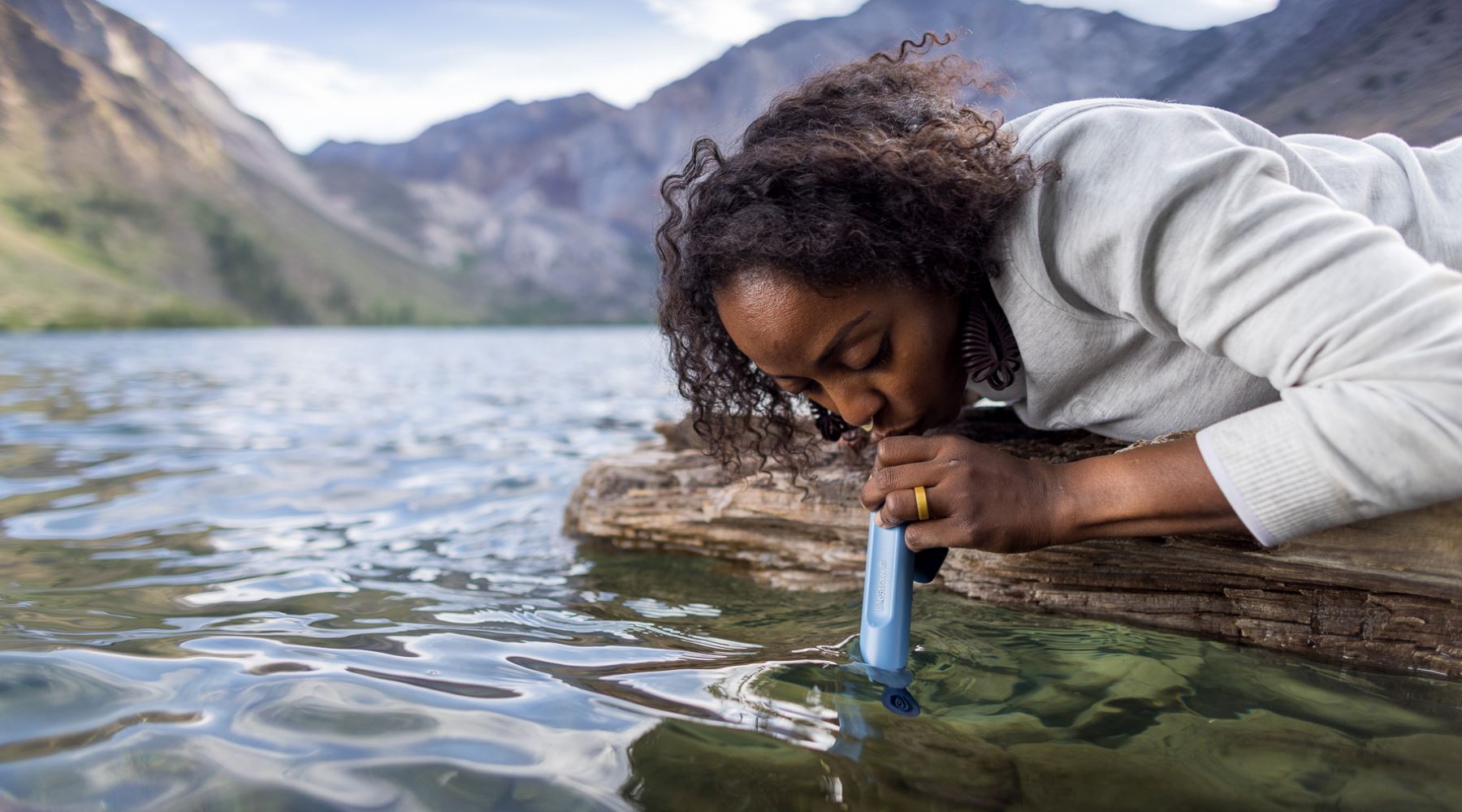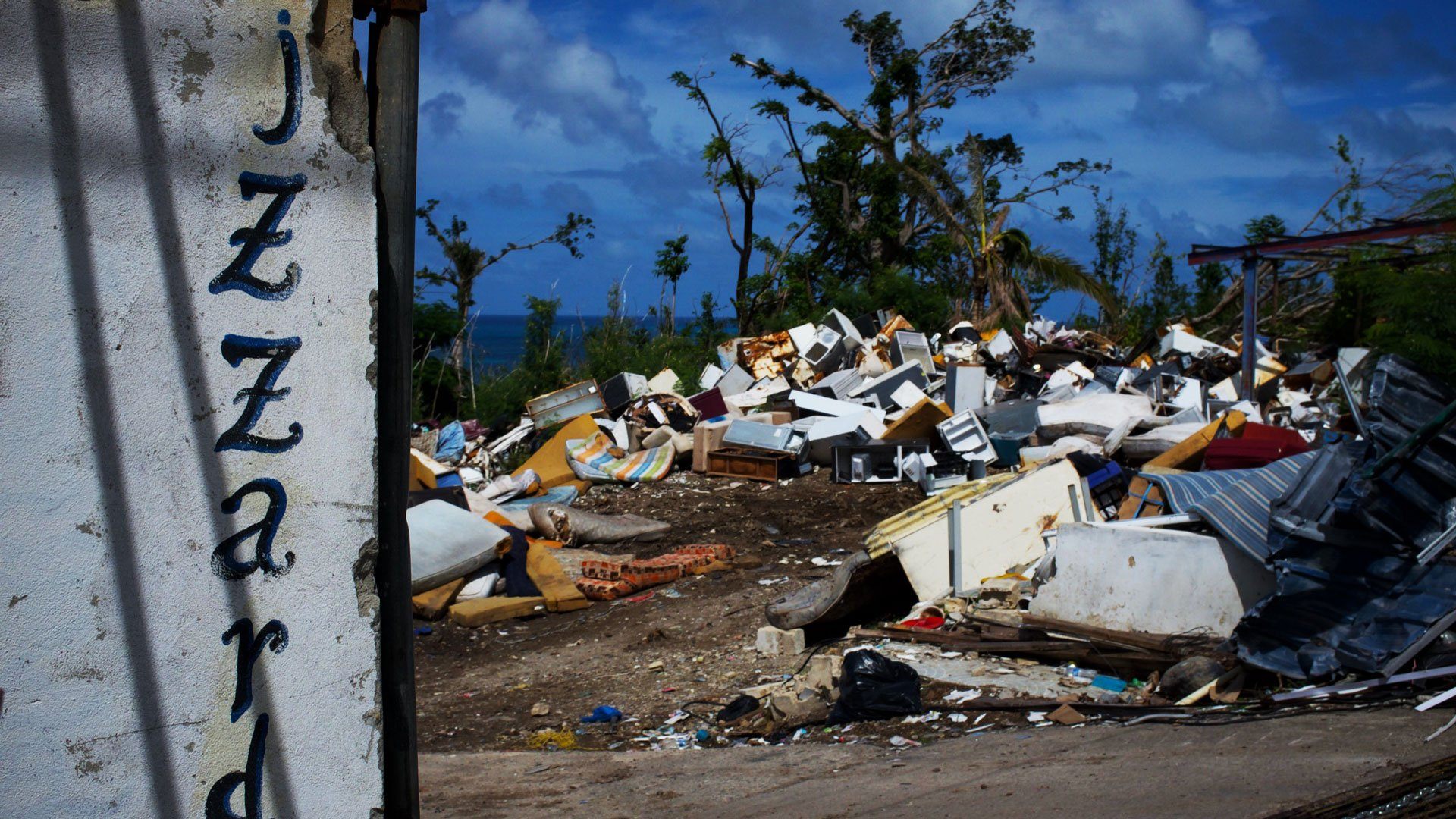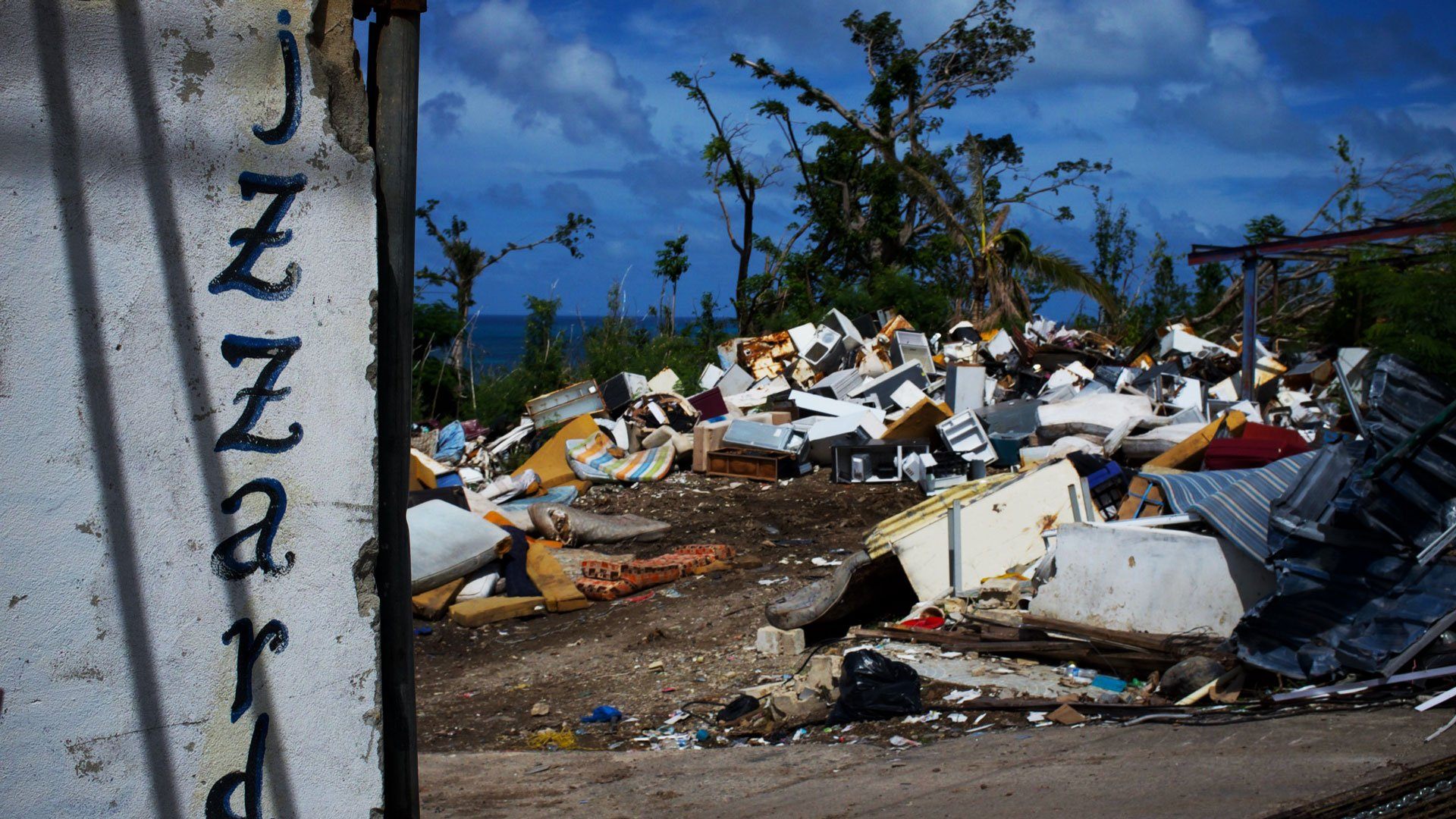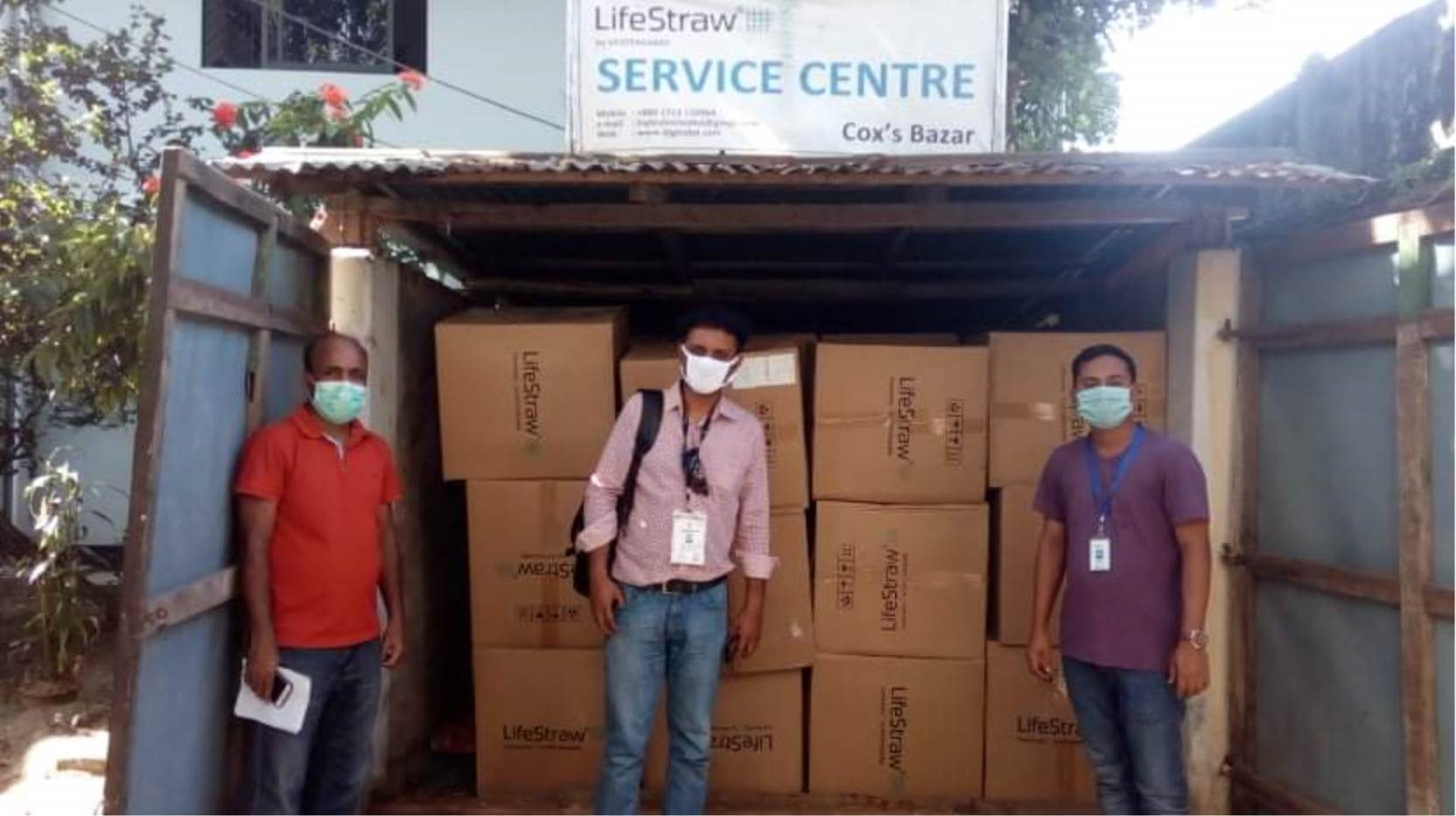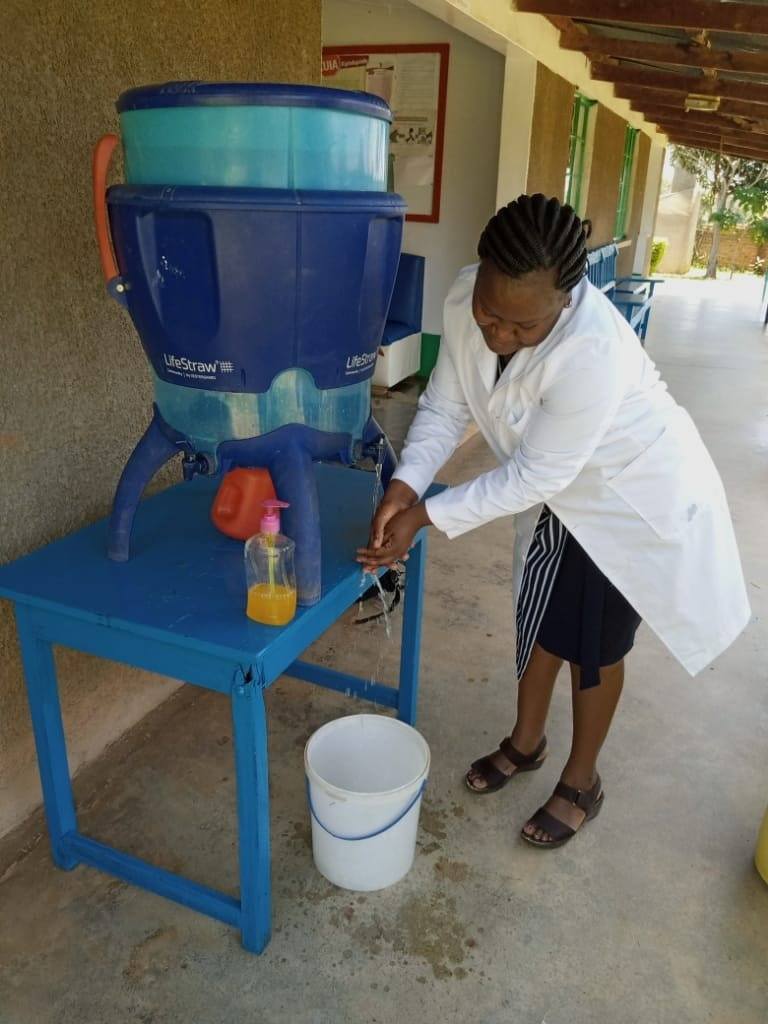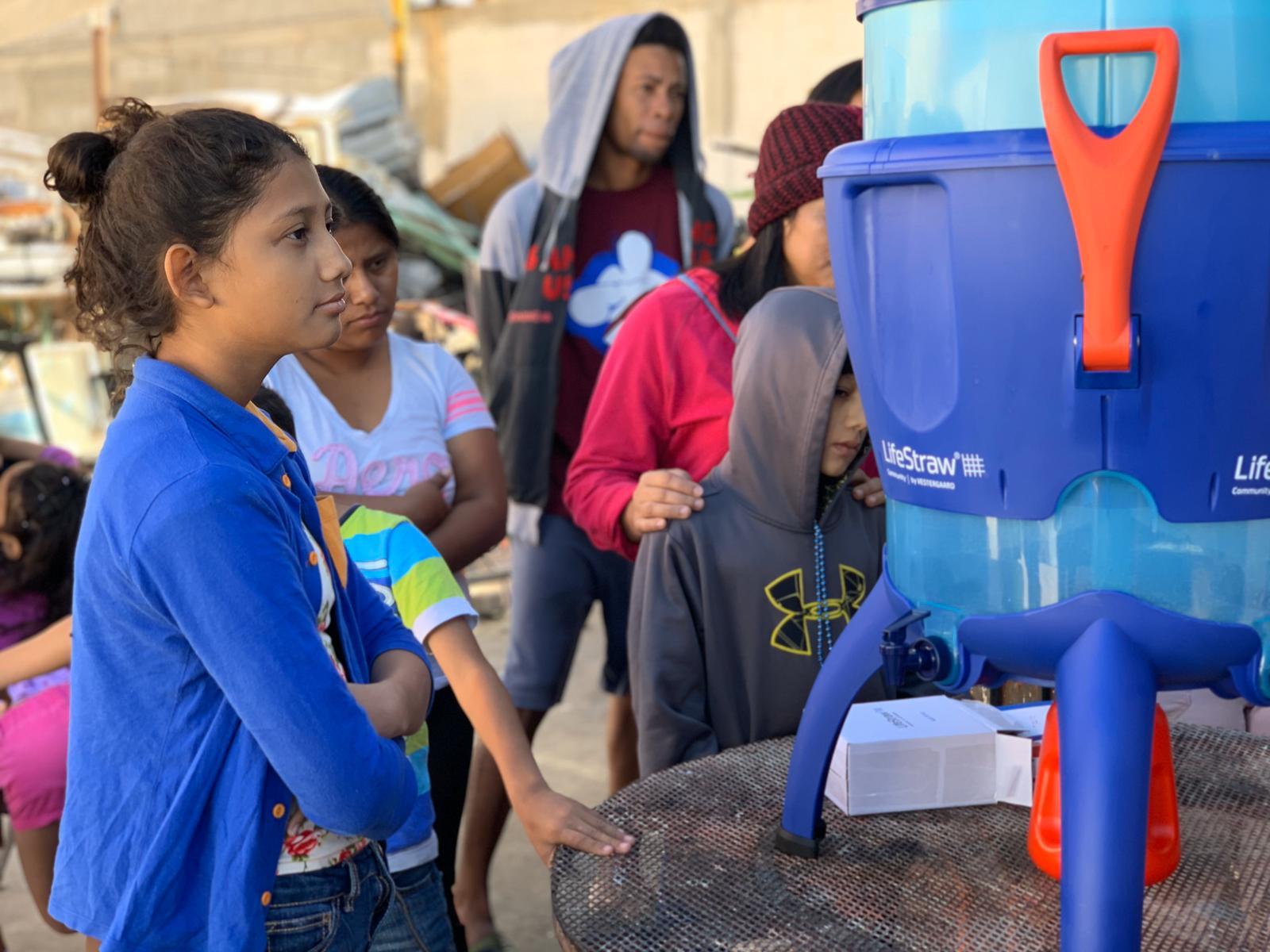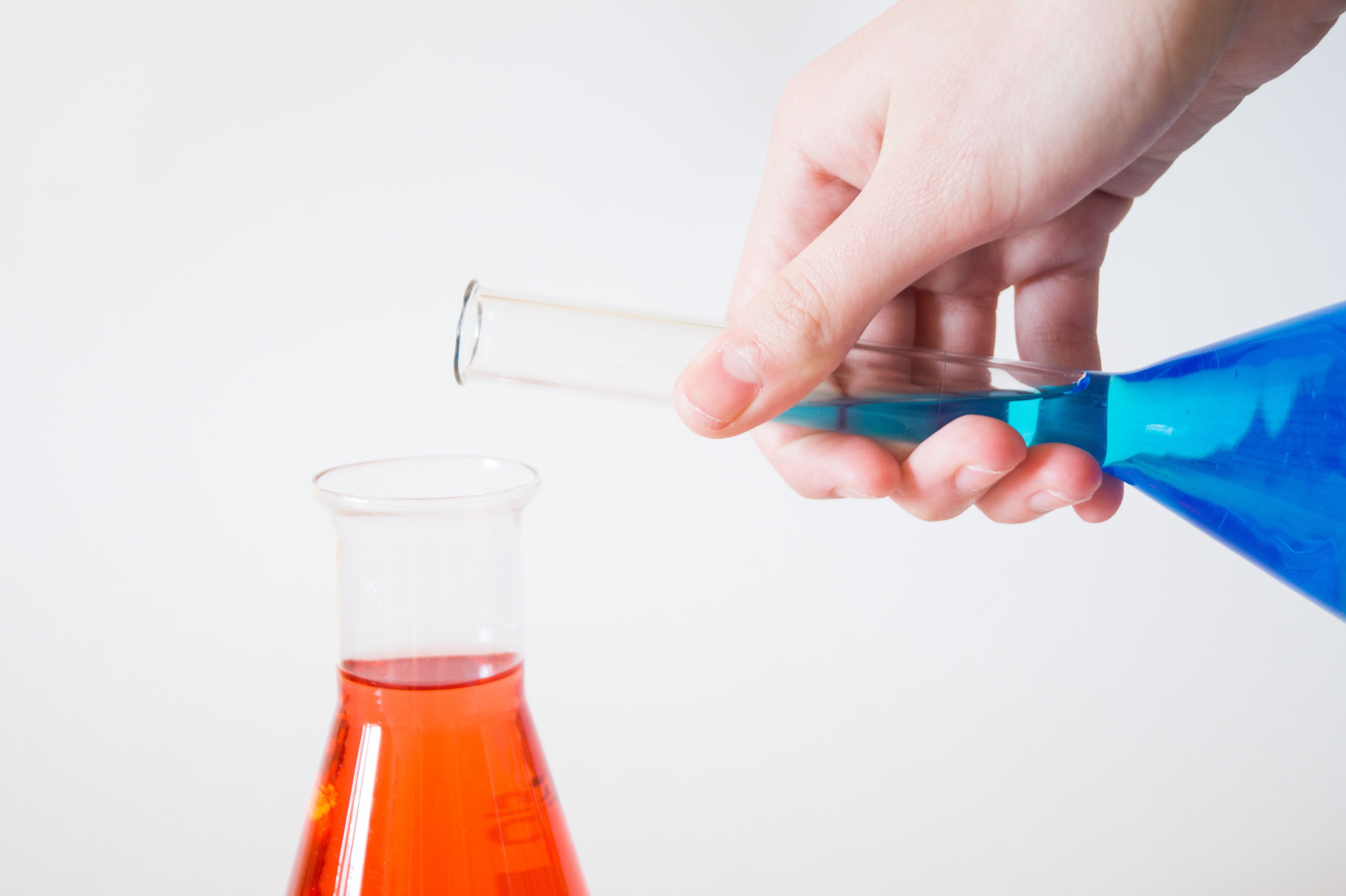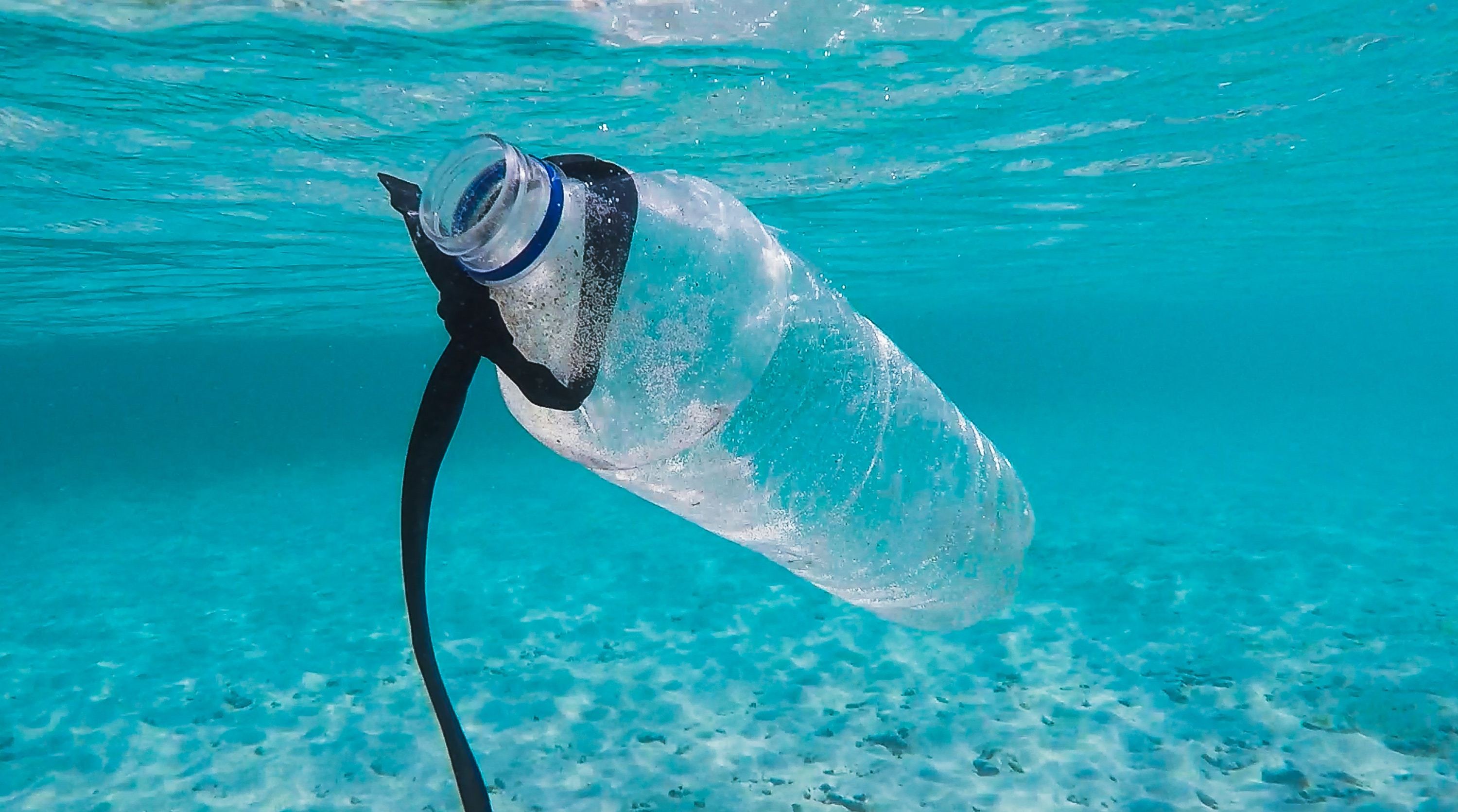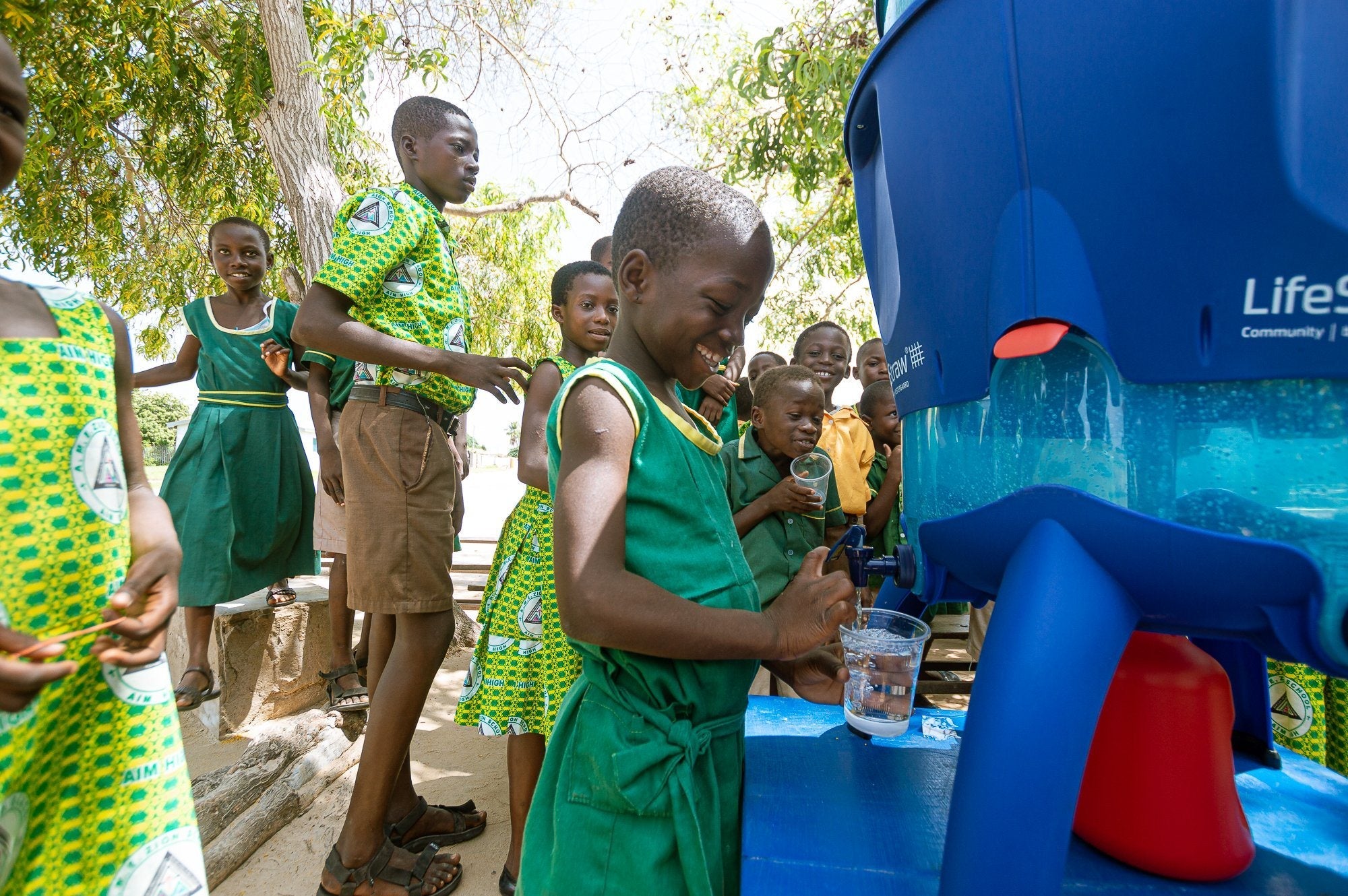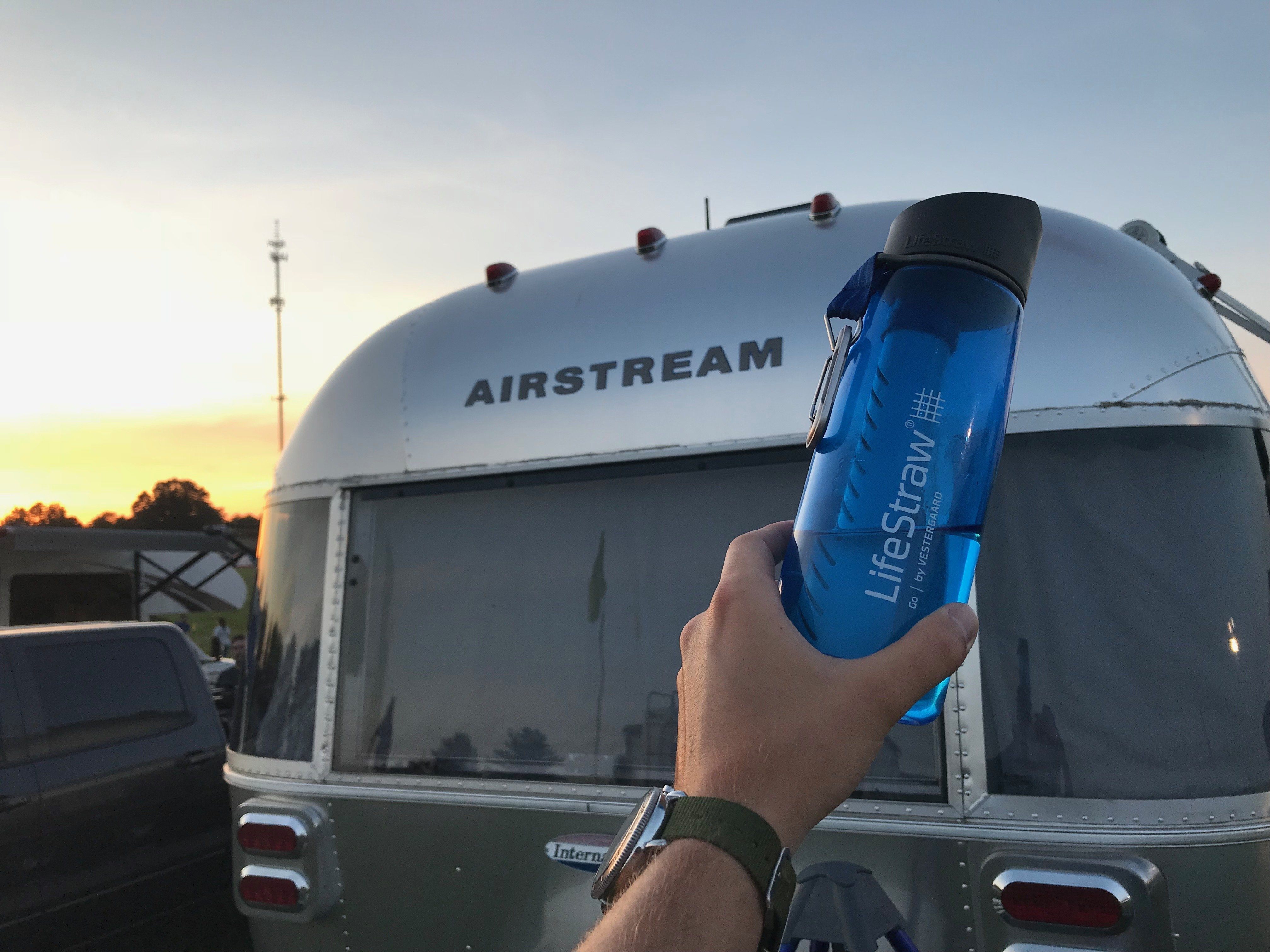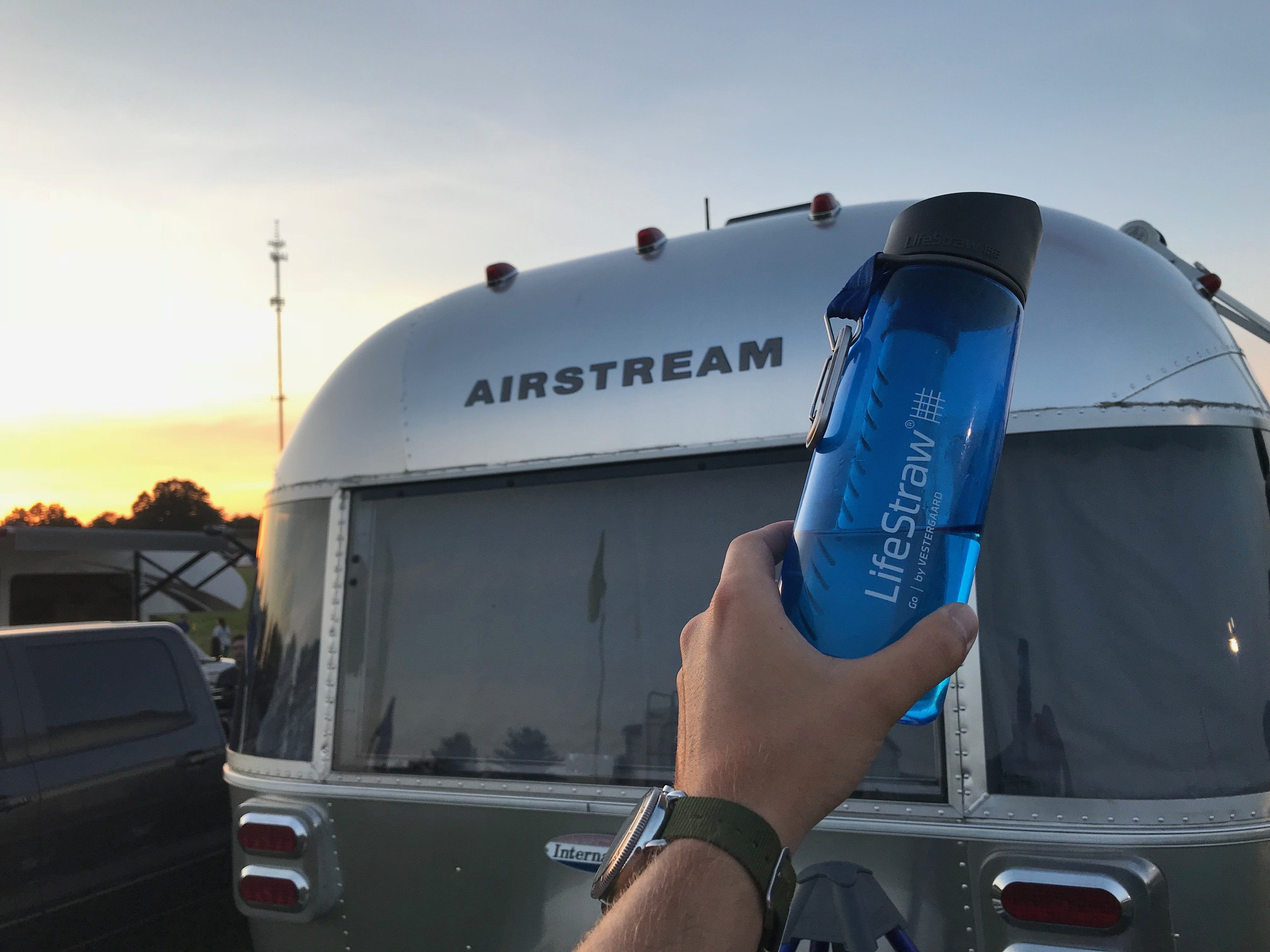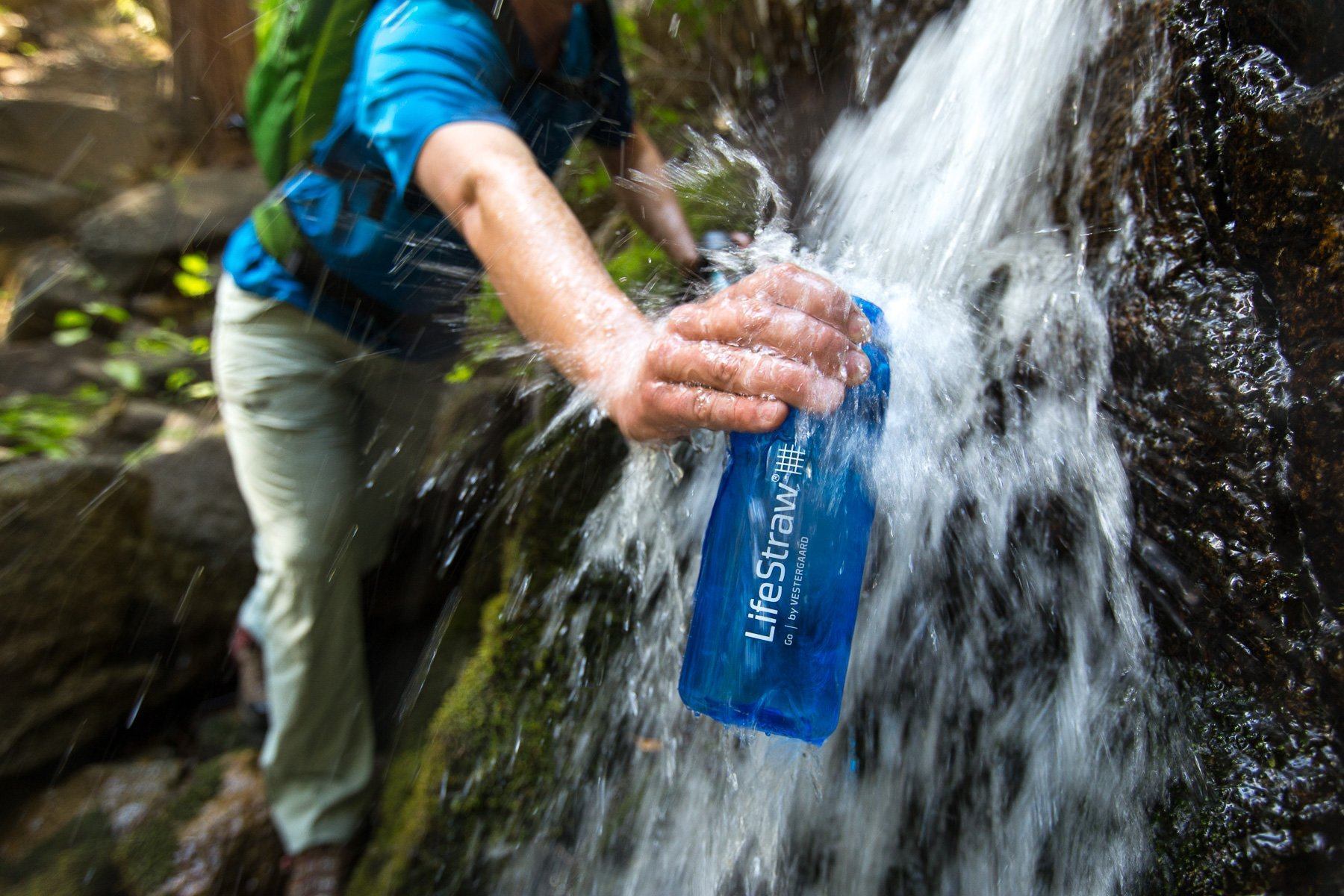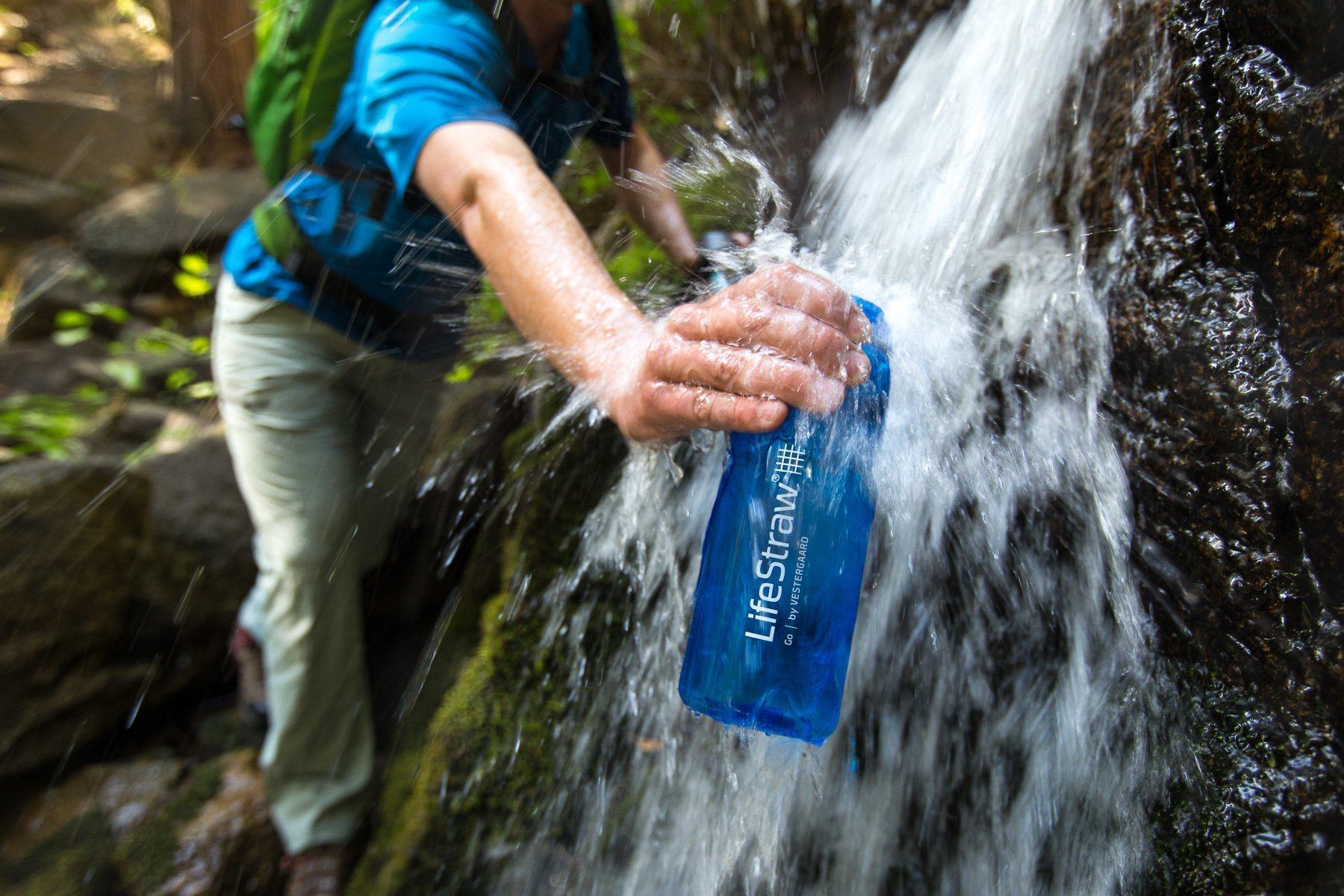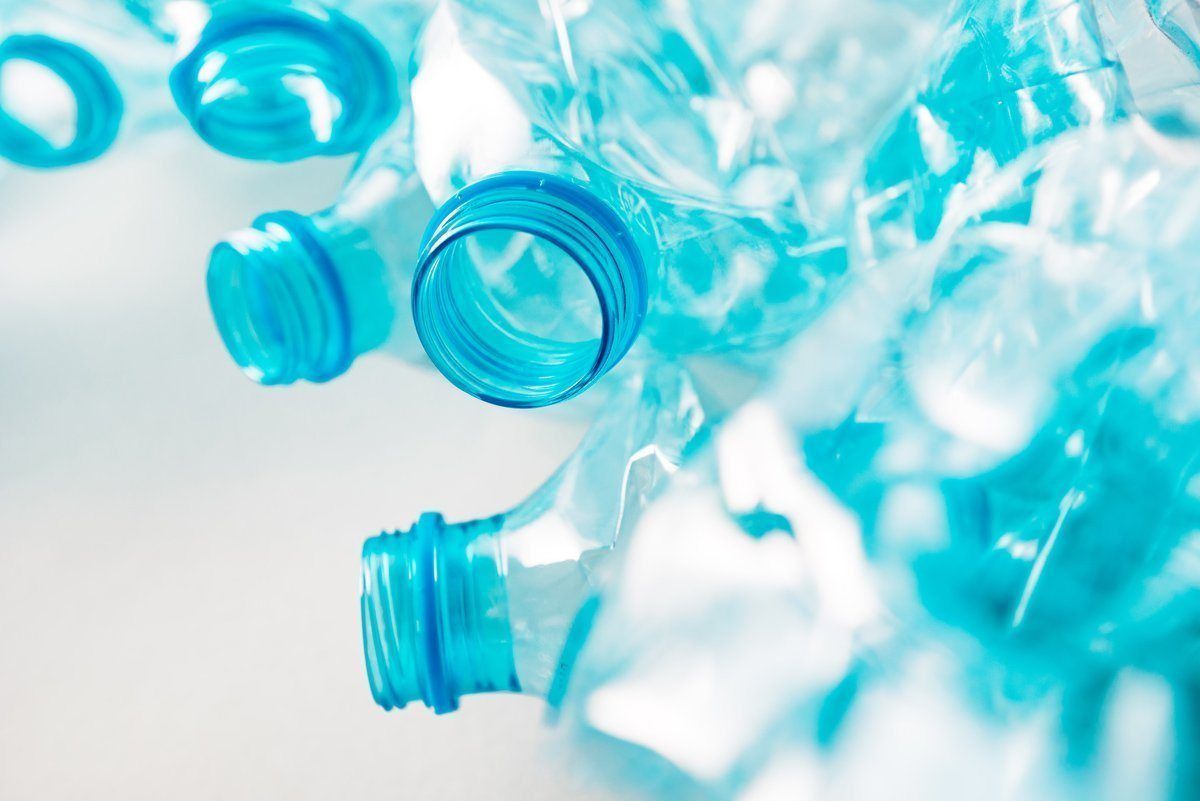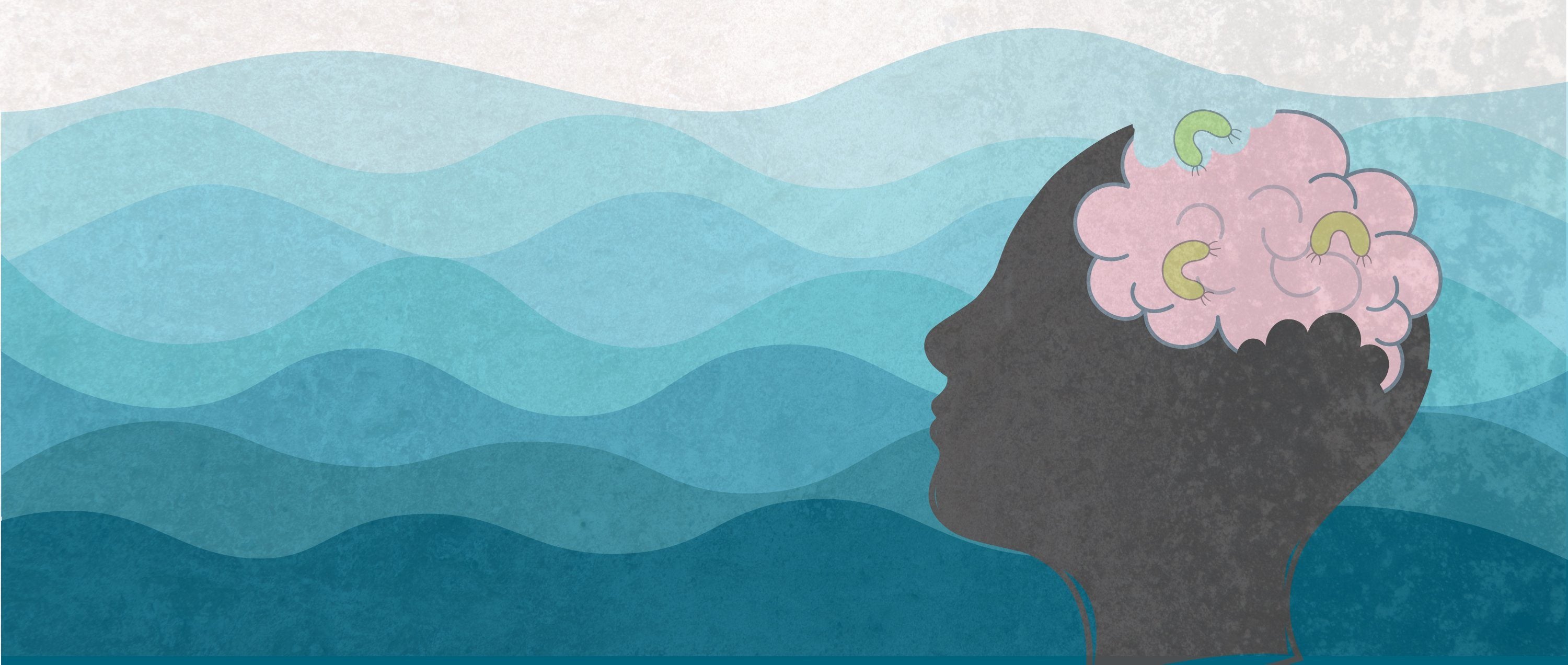
Tap water contaminants & boiled water advisories - what you need to know and how LifeStraw protects.
February 26, 19
Boil water advisories? Bacteria? Brain eating amoebas? Just another day in 2020. Luckily LifeStraw has this covered.
What LifeStraw products remove bacteria and parasites (amoebas): ALL
The Safe Drinking Water Act (SDWA) was passed by Congress in 1974 to ensure and protect the quality of Americans’ drinking water. However, many of water systems in the United States are over 100 years old, which gives more room for harmful bacteria, chemicals, and other contaminants to enter through cracked pipes, water main breaks, and other age-related issues. Boil water advisories are becoming more frequent in the United States as disasters happen or municipalities find out about contamination.
Recently, local health authorities issued a boil water advisory due to water contaminated with amoeba and potentially other micro-organisms in Lake Jackson, Texas. In Lake Jackson, a “brain eating microbe” called Naegleria fowleri was found to infect though contaminated water that enters the nose. (Note: there is no evidence that it causes infection through drinking water - but yeah, we're not interested in drinking it either.) If you’re concerned about brain-eating amoeba in your water, or the plenty of other nasties that may be swimming in there, LifeStraw has you covered. All LifeStraw products can remove parasites (amoebas) because the pore size of our membrane microfilter is much smaller than the smallest form (cyst) of Naegleria fowleri which has diameter of 7-14 µm (Jennifer Rittenhouse Cope, Infectious Diseases, Fourth Edition), 2017). To stay ahead of boil water advisories or contamination events, filter your water with LifeStraw, and as always, check with your local health authorities about the contaminants that may be in your water.
Microplastics - they're everywhere - and found in both bottled water and tap water.
Products: ALL LifeStraw Products
Microplastics are small plastic pieces less than five millimeters in diameter that develop as plastic degrades over time (plastic never truly disappears or decomposes). As plastics break down to small, often undetectable sizes, microplastics end up in our streams, rivers and oceans. Eventually, microplastics end up in ground water and marine life, which in turn we drink and ingest, respectively. When people don’t trust public water sources, they often rely on bottled water. Alarmingly, a recent study showed that nearly 93% of bottled water in the US is contaminated with microplastics. In response, the World Health Organization initiated an investigation into the health impacts of ingesting microplastics in water.
Heavy metals, like lead, mercury etc.
Products: LifeStraw Home, LifeStraw Flex & Flex Gravity
The water crises in Flint, Michigan demonstrated the public health risks associated with extremely high levels of lead in public water sources, but you might not be aware that countless areas in the US have been affected by lead poisoning as well. Lead makes its way into tap water primarily due to corrosion of old fixtures and pipes. It is particularly dangerous because it does not alter the color, odor or taste of water, leaving the public at risk. Lead poisoning can affect everyone, but it’s especially detrimental to children whose bodies are still developing. The only way to confirm whether lead is in your water is to have your local water provider test it.
The US water infrastructure is aging. Guys - our pipes are old.
Five to ten years ago, few Americans would have questioned the quality of their drinking water. However, crisis’ such as that of Flint, Michigan and other natural disasters have brought to light the challenges facing the quality of our domestic water supply. A recent Environmental Protection Agency (EPA) report indicates that an investment of over $470 billion dollars is required to upgrade our country’s faltering drinking water utility infrastructure. This amount of investment is necessary as most of our existing pipeline has outlived its lifespan. This has and will continue to result in significant water quality and safety issues in the near future. Another recent report noted that in any given year from 1982 to 2015, between 9 million and 45 million Americans obtained their drinking water from a source that was in violation of the Safe Drinking Water Act.
PFOA & PFOS (PFAS)
Products: LifeStraw Home
PFAS are a group of man-made chemicals that cause adverse human health effects and contaminate water supplies. To make matters worse, PFAS are stubborn chemicals; rather than degrading, they accumulate within the environment over time. PFOA (perfluorooctanoic acid) and PFOS (perfluorooctane sulfonate) are the two most commonly produced PFAS worldwide.
Because of their unique ability to repel oil and water, PFOA and PFOS have been used widely in the manufacturing of many industrial and consumer products such as fire-fighting foams, stain repellents, nonstick cookware, waterproof clothing and shoes, fast food wrappers, personal care products, and many other consumer goods.
The manufacturing and use of products that contain PFOS and PFOA cause continuous release of these chemicals into the environment and as a result, they have been found to be widely distributed across all trophic levels. They are found in soil, air, surface water, groundwater and drinking water wells at sites across the United States.
Exposure to PFOA and PFOS may result in negative health effects. No thanks. We prefer not drinking them...
In general, PFOS and PFOA resist most conventional chemical and microbial treatment technologies. The strongest proven technologies to filter PFAS out of drinking water include granular activated carbon absorption, ion exchange resins and reverse osmosis.
The LifeStraw Home Pitcher is one of the most effective products to combat PFAS; it combines activated carbon and advanced ion exchange technology to remove PFOA and PFOS from water.
Thanks for the run down on all the nasties but how do I find out what is in MY water?
Depending on where you live it’s possible that microplastics, bacteria, parasites (amoebas), chemicals, and even heavy metals, such as lead, could be found flowing through your household sink. To find out more about what’s in your tap water, the Environmental Working Group (EWG) has been compiling a tap water database since 2010. The EWG database of known contaminants allows you to search by zip code to identify drinking water concerns in your region. However, it cannot provide specifics on microplastics and may not always be accurate about lead.
Do TDS (total dissolved solids) meters test for these contaminants?
Total dissolved solids (TDS) is the term used to describe the inorganic salts and small amounts of organic matter present in water. Some of these dissolved solids are contaminants, but many are actually good for you such as calcium, magnesium, sodium, and potassium. Therefore, TDS is a very vague indicator. TDS tests do not actually test for contaminants such as many heavy metals, chemicals, microplastics or bacteria and parasites. In fact, bottled mineral water can have high TDS because of good mineral content. Further, for values below 2,000 mg/l there is no scientific evidence that TDS affects health impact.
Comprehensive water quality testing is complex, expensive and specific to your source so you may not always know what is exactly in your water. The best option is to opt for technologies that offer broad protection and continually push the industry to innovate.
Check out our most protective water filter for your home - LifeStraw Home has you covered every day and in emergencies - even in 2020.
The LifeStraw Home water filter pitcher offers broad protection from over 30 contaminants, including bacteria, parasites, microplastics, lead, mercury, cadmium, chromium III, pesticides, and pharmaceuticals. And oh, it also makes your water TASTE AHHHHMAZING.
Deciding which filter is right for you? Compare ALL LifeStraw Products.

